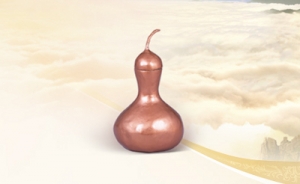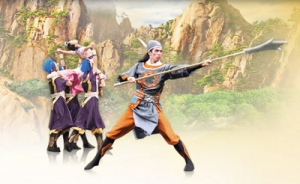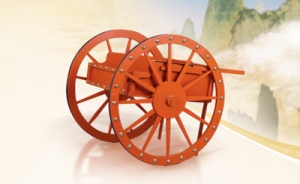Taoist Whisk
Many Shen Yun dance dramas depict an elderly Taoist sage, with white hair and a trailing beard, teaching his disciples while brandishing a whisk. In Journey to the West, the Monkey King’s Taoist master has one, as do Taoists in Shen Yun dances A Vanished Dream, Splitting the Mountain, and several opening numbers. But what is it?
The Taoist whisk is made by binding animal hair and hemp together with a wooden handle. Taoist priests and monks carry them during their spiritual wanderings. Zen Buddhist abbots also wield whisks when giving sermons. The whisk thus symbolizes the majesty and solemnity of spiritual teaching.
In Taoist culture, whisks are believed to have the power to sweep away one’s worldly desires and carnal thoughts, imparting a sense of transcending the mortal realm. Another interpretation portrays demons and evil spirits as the filth of the world, and Taoist whisks as magical instruments with the power to exorcise them.
The whisk is also a well-known Chinese weapon. Typically called a horsetail whisk, it often features in Wudang kung fu. Mastering the art of brandishing a whisk empowers one with the ability of self-defense. The whisk’s form and movements are unique, being both soft and hard, graceful and free. Practicing the whisk requires not only agility, but also a harmony of temperament and spirit.
June 22, 2011





